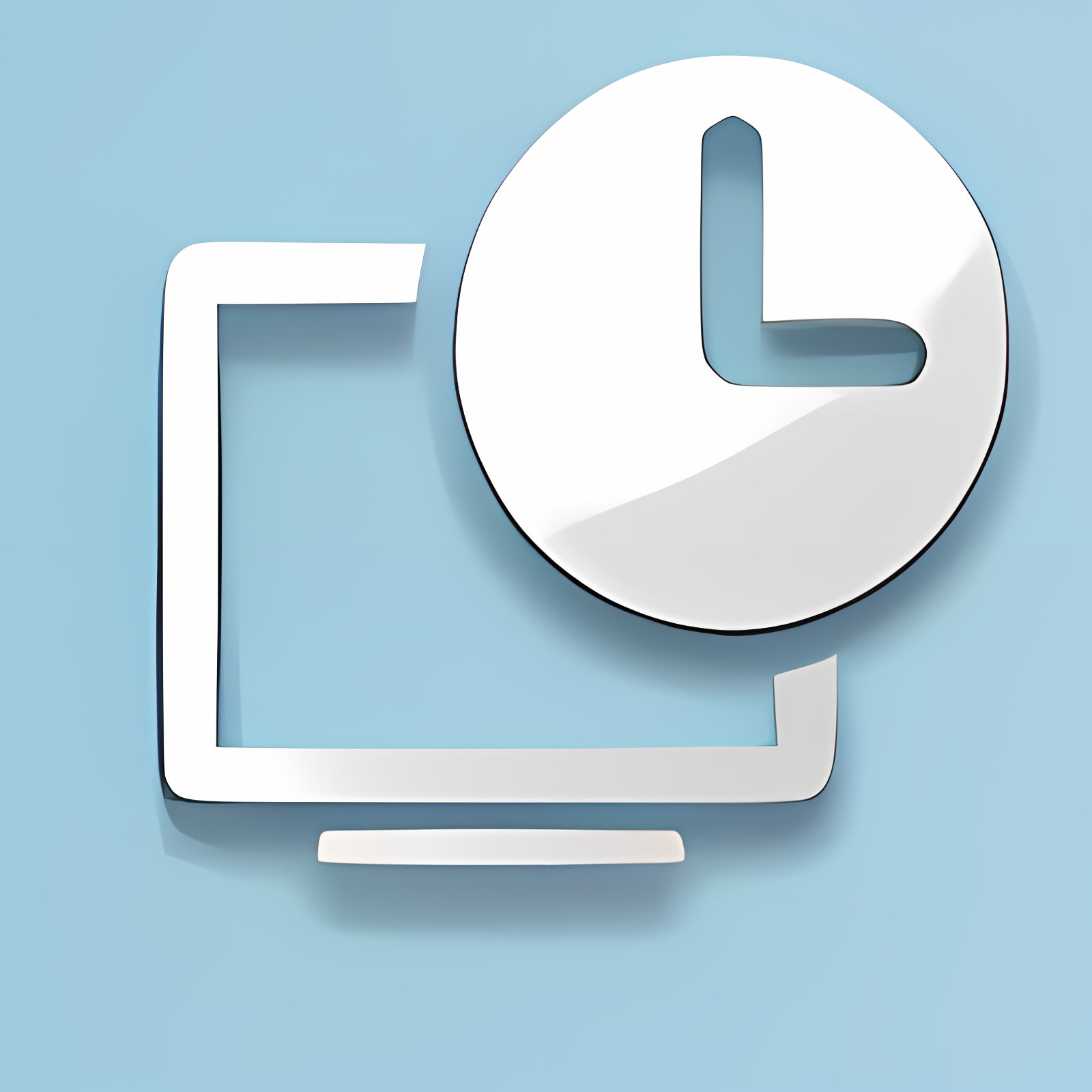Are you frustrated with a slow or malfunctioning computer? Are you tired of spending hours on hold with technical support? Well, fear not! In this article, we will unravel the mysteries of computer repair and equip you with the knowledge to fix common issues yourself. Whether you’re a tech-savvy enthusiast or a novice user, we have a wealth of computer repair tips that will have your device running smoothly in no time.
One of the most common challenges users face is the need for laptop repair. Laptops are great for their portability, but they can also be delicate and prone to damage. From cracked screens to unresponsive keyboards, these issues can often be fixed without the need for professional assistance. In this article, we will provide you with step-by-step instructions on how to troubleshoot and resolve common laptop problems. So, grab your tools and let’s start unleashing the power of a supernova to conquer computer repair challenges!
Common Computer Repair Issues
-
Slow Performance:
One of the most common computer repair issues that people encounter is slow performance. Over time, computers can become sluggish due to a variety of reasons. Factors such as low disk space, too many startup programs, or a fragmented hard drive can all contribute to this problem. To address this issue, it is recommended to regularly clean up unnecessary files, disable unnecessary startup programs, and defragment the hard drive. -
Blue Screen of Death (BSOD):
The dreaded Blue Screen of Death is another common computer issue that many users have faced. This error occurs when the operating system encounters a critical error and is unable to proceed. It usually indicates hardware or software problems, such as faulty drivers, incompatible software, or hardware malfunctions. Resolving this issue often requires troubleshooting the specific error code displayed on the screen and taking appropriate action, such as updating drivers or removing recently installed software. -
Virus or Malware Infections:
Computer viruses and malware can wreak havoc on a system, causing various issues and compromising data security. Common symptoms of an infected computer include frequent crashes, slow performance, unexpected pop-ups, or unresponsive programs. To tackle this problem, it is important to install reliable antivirus software, keep it updated, and regularly scan the system for any potential threats. Additionally, practicing safe browsing habits and avoiding suspicious downloads can help prevent such infections.
Remember, these are just a few examples of common computer repair issues that users often encounter. By understanding these problems and being proactive in addressing them, you can ensure a smoother and more efficient computing experience.
2. Laptop Repair Tips
In this section, we will discuss some valuable laptop repair tips that can help you troubleshoot and fix common issues. Whether you’re facing hardware or software problems, these tips will guide you in resolving them effectively.
-
Identify the problem: Before attempting any repairs, it’s crucial to first identify the specific issue with your laptop. Is it not turning on? Is the screen displaying an error message? By understanding the problem at hand, you can narrow down the potential causes and focus your efforts on the right solutions.
-
Check for loose connections: Sometimes, a simple loose connection can be the root cause of laptop issues. Ensure that all cables, including the power cord, are securely connected. Additionally, check if the RAM modules and hard drive are properly seated in their respective slots. A loose connection can often lead to unexpected behavior or even prevent your laptop from booting up.
-
Update your drivers and software: Outdated drivers and software can cause various performance issues in laptops. To ensure smooth operation, regularly update your drivers, including those for the graphics card, network adapter, and audio device. Keeping your operating system up to date is also essential for security and compatibility purposes.
Remember, these laptop repair tips are meant to serve as a starting point. If you encounter more complex or severe problems, it’s advisable to seek professional assistance.
3. Advanced Troubleshooting Techniques
In this section, we will explore some advanced techniques that can help you tackle complex computer repair issues. These tips will not only save you time but also enable you to master the art of laptop repair.
- Utilize System Restore Points
System Restore Points can be a lifesaver when it comes to fixing stubborn software problems. By creating regular restore points, you can roll back your computer’s settings to a previous state where everything was functioning properly. This can be especially handy after installing new software or making system configuration changes. To access System Restore, simply search for it in the Start menu and follow the on-screen instructions to revert your system to a previous working state.
- Diagnose Hardware Issues with Diagnostic Tools
When faced with hardware problems, diagnostic tools can be your best friend. Most laptops come with built-in diagnostic tools that can help identify the root cause of issues such as faulty memory, overheating, or hard drive failure. These tools can save you from unnecessary repair expenses by allowing you to pinpoint the exact component causing the problem. Refer to your laptop manufacturer’s website or user manual to find the appropriate diagnostic tool for your device.
- Perform a Clean Install of the Operating System
If you have exhausted all other troubleshooting options and your computer is still plagued by issues, a clean install of the operating system may be the solution. This process involves formatting your hard drive and reinstalling the operating system from scratch. It can help eliminate software conflicts, remove malware, and improve overall system performance. Before performing a clean install, make sure to back up your important files and gather all necessary installation media and product keys.

By mastering these advanced troubleshooting techniques, you will have a powerful toolkit at your disposal to tackle even the most challenging computer repair issues. Remember to always approach each problem with patience and a systematic troubleshooting approach to ensure the best possible outcome.